Lavender delights not only with its appearance and scent, but also with its wealth of properties and uses - especially health and cosmetic ones.
In addition to its aesthetic and health benefits, lavender is also an important part of the ecosystem. In this article, you will learn about the history of lavender, as well as its most important properties and importance for nature.
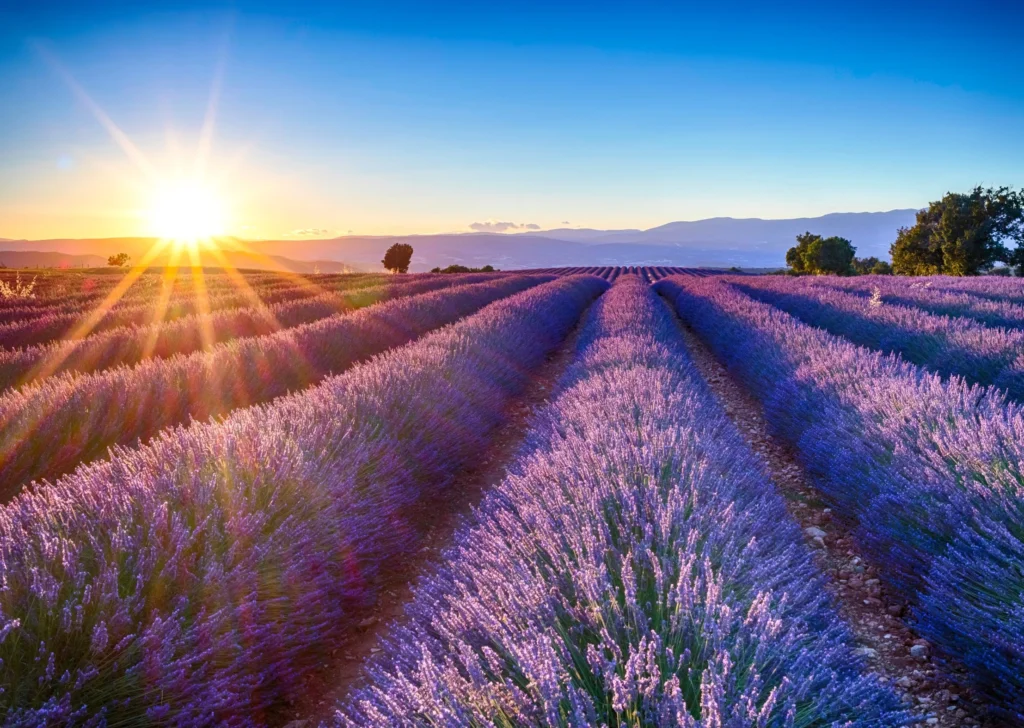
History and origin of lavender
Lavender (Lavandula) is a plant native to Mediterranean areas and belongs to the light family (Lamiaceae). Botanists distinguish around 40 species of this plant, but in cultivation we usually only encounter a few of them.
The origins of lavender can be traced back to ancient times - the people of the Mediterranean used it for cosmetics, medicines and even found uses for it in the kitchen.
The ancient Romans valued lavender for its medicinal properties, and also used it to repel insects and as a fragrance for clothes and baths. The Greeks, on the other hand, used it in cooking and for cosmetics. In the Middle Ages, lavender gained popularity as a healing and protective plant - it was believed to ward off disease and evil forces, so it was often planted around houses.
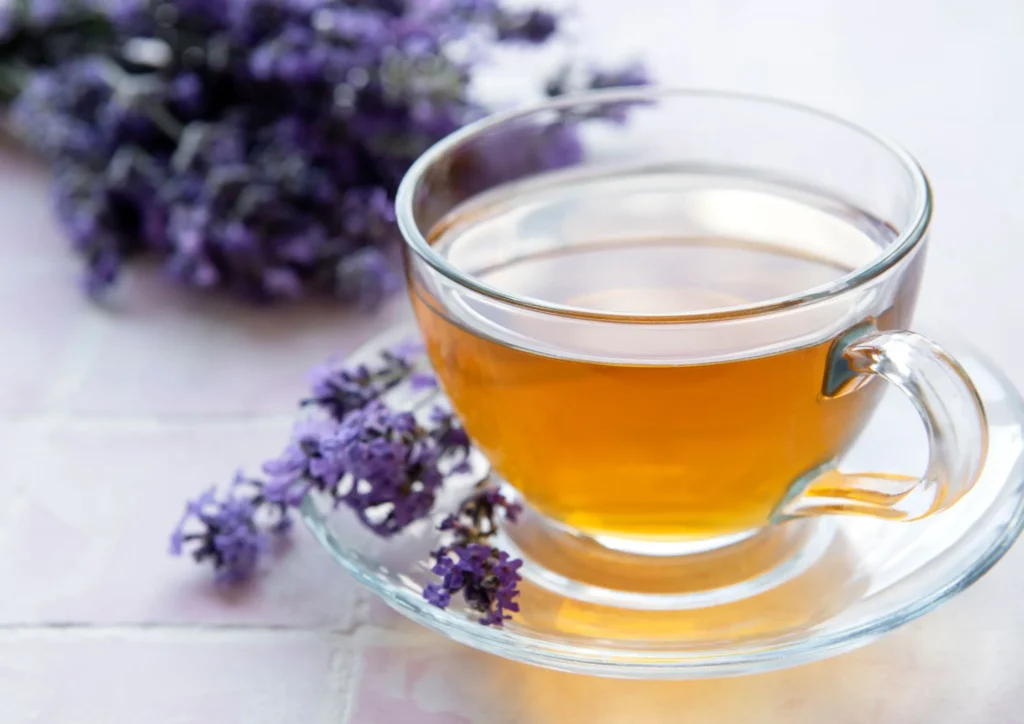
The most popular lavender species
The best-known species include:
- Narrow-leaved lavender (Lavandula angustifolia) - Also known as medicinal lavender. It is prized for its medicinal and relaxing properties - it is from which the essential oil is produced. It is also popularly planted in gardens.
- Intermediate lavender (Lavendula x intermedia) - is a combination of medicinal lavender and broad-leaved lavender, and is characterised by a stronger fragrance. It is used in the production of cosmetics and perfumes.
Health and cosmetic properties of lavender
The characteristic scent of lavender is due to the essential oil that is contained in all parts of this plant, especially its flowers. Lavender oil has properties:
- Anti-inflammatory and antiseptic - helps heal wounds and burns.
- Calming and relaxing - it is used in aromatherapy.
- Analgesic - helps with headaches and muscle tension.
- Antifungal and antibacterial - it is used in the treatment of acne.
Lavender is widely used in the cosmetics industry - it is added to almost everything: creams, tonics, shampoos, lotions, shower gels and also bath balls.
An infusion of lavender aids digestion, relieves intestinal spasms and has a relaxing effect. It is also helpful for insomnia problems and anxiety.
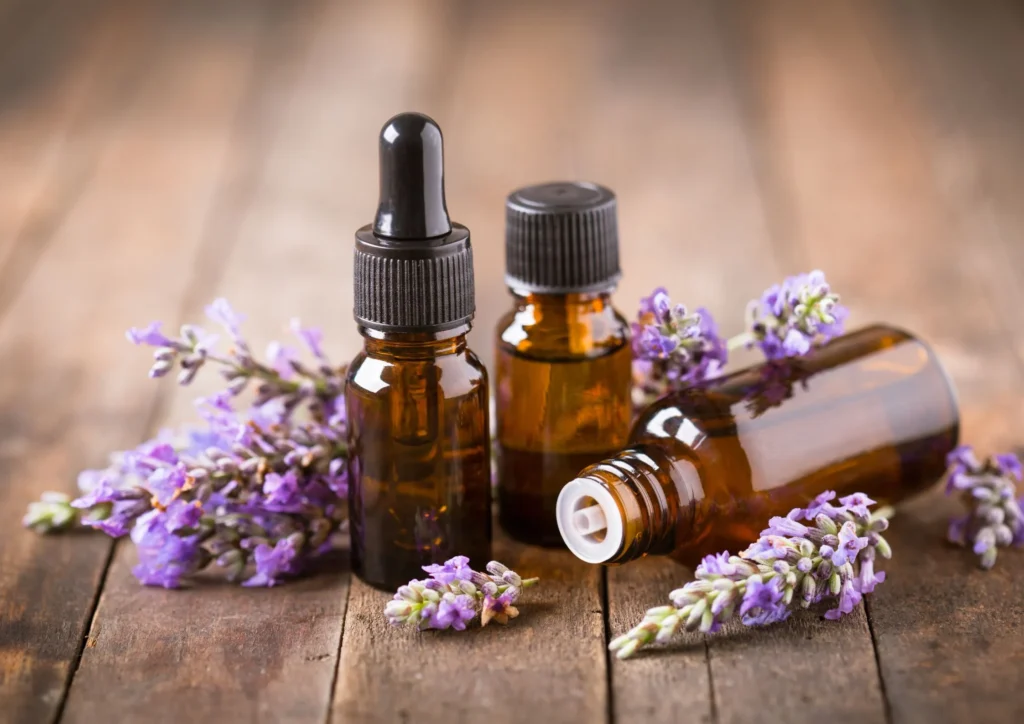
Use of lavender in the kitchen and home
Lavender also has a very wide range of uses in everyday life:
- In the kitchen - Its flowers can be added to desserts, cakes, infusions or lemonades. It can also be used to create honey, as well as ice cream or sugar. And these are just some examples of its culinary uses. In Italian, Spanish and French cuisine, it is often used as a seasoning for meat.
- At home - Dried lavender flowers can be placed in cotton bags to repel moths and give clothes a lovely fragrance. Lavender oil can be used as a natural air freshener, bath additive and also as a mosquito repellent.
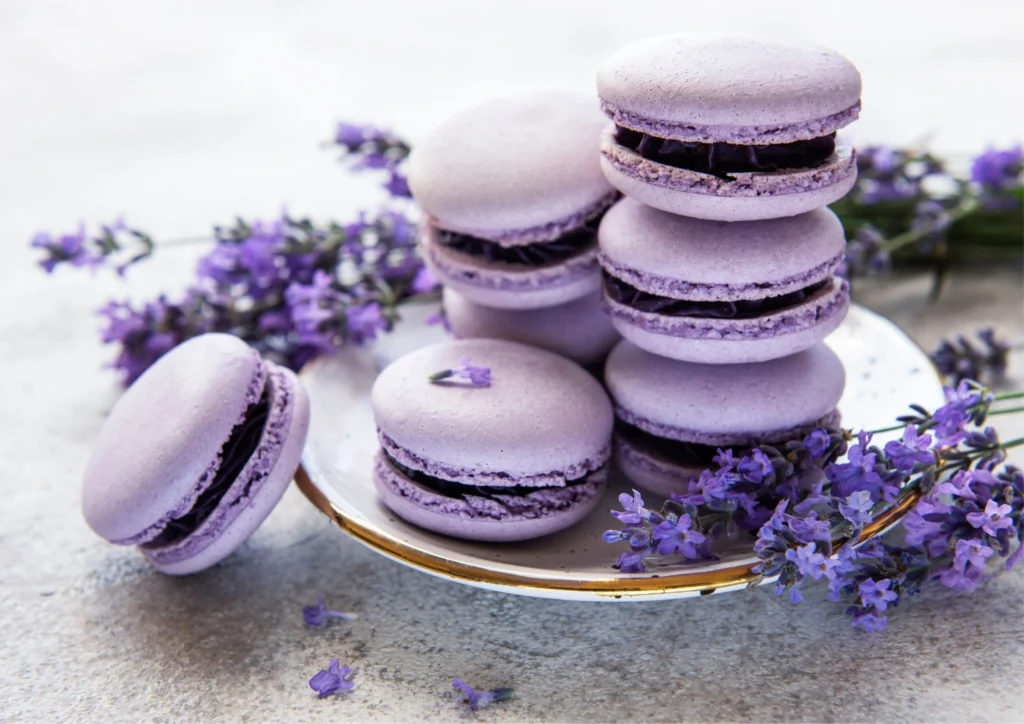
Lavender and biodiversity
Lavender contributes to biodiversity conservation. Its flowers attract pollinating insects - bees, butterflies and bumblebees, for example. It is a natural support for the pollination process, so by planting it in the garden we can create a friendly environment for insects, which are crucial for the proper functioning of ecosystems.
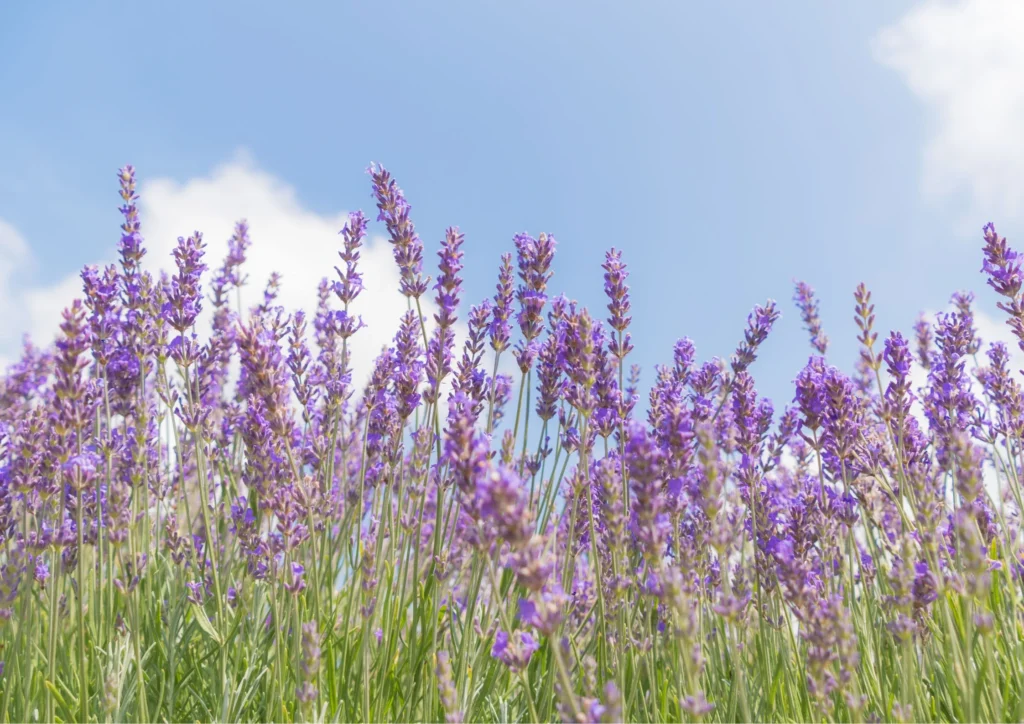
When does lavender bloom?
July and August are the months when lavender blooms and smells most beautiful. Lavender fields attract masses of tourists from all over the country to enjoy the sight of it in full bloom.
Some of the most beautiful lavender places in Poland include:
- Lavender Garden in the Krzeszowice municipality;
- Lawendowe Zdroje in Pakszyn - Wielkopolska, about 50 minutes' drive from Poznań.
- Oasis of Lavender in Wodzisław (Świętokrzyskie Voivodeship) - approximately 60 kilometres from Kraków.
